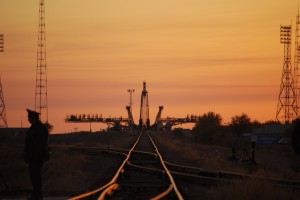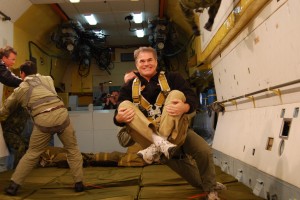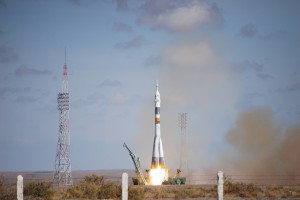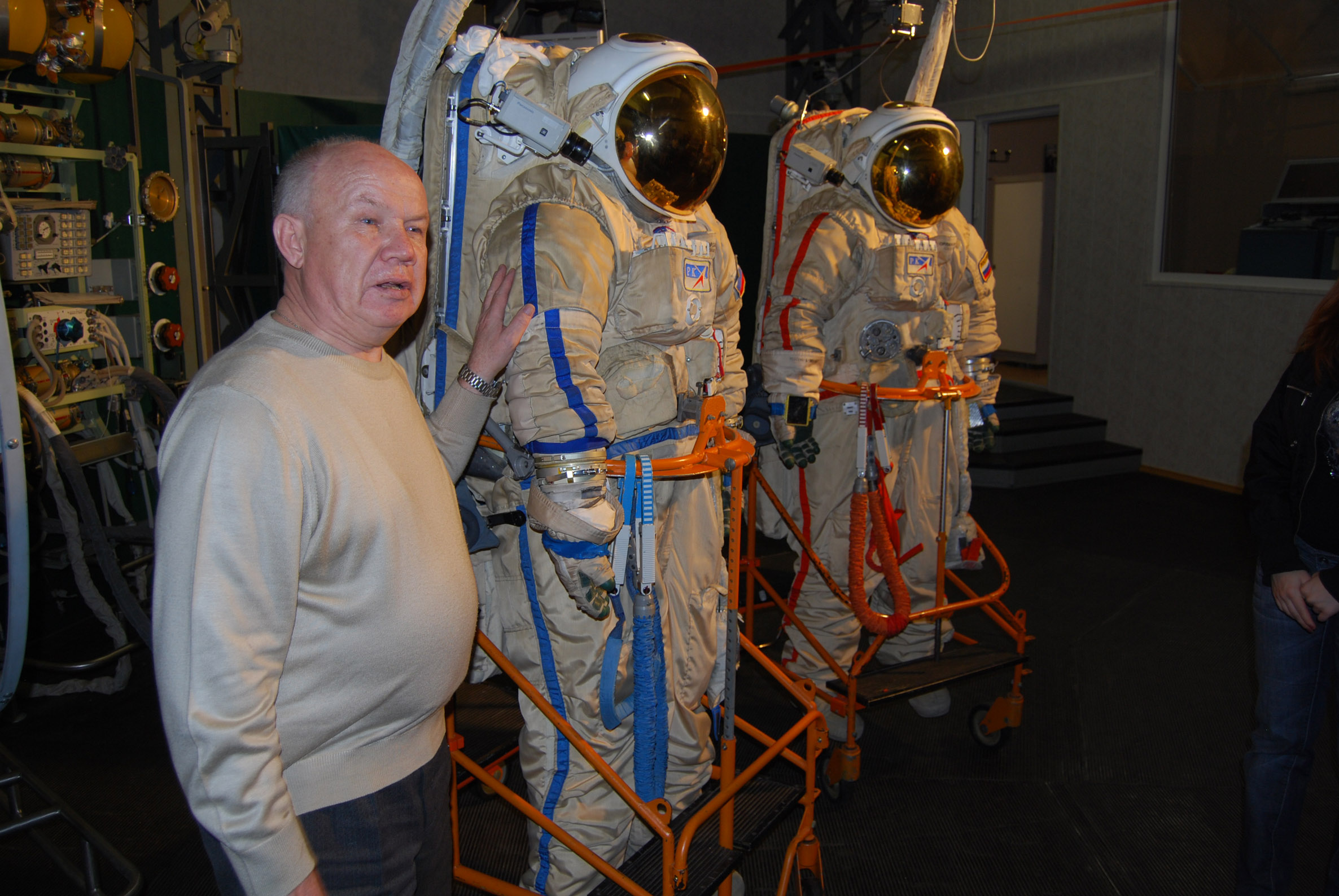



Seattle, WA - Witness the manned launch of the Soyuz spacecraft on its way to relieve the crew of the International Space Station, enjoying unparalleled access to VIP viewing areas and briefing sessions. Take in the classic sights of Moscow before witnessing the live Soyuz-International Space Station docking at Mission Control Center, an event that very few get to experience in such an intimate way. If you've ever dreamed of space travel, here is your chance. The exclusive 10-day tour is slated for September 19-28, 2013 and starts at $13,995 per person. For more information about the “Inside the Russian Space Program” tour, contact MIR Corporation at 800-424-7289 or visit here.
After arriving in Moscow, guests will visit the Yuri Gagarin Cosmonaut Training Center (GCTC) in once-classified Star City, the premier training facility for Russian cosmonauts and foreign astronauts. Next, they’ll explore the MIR Space Station simulator, visit the Soyuz-TMA integrated simulator and the ISS mock-up, learn how crews acquire the skills to walk in space, and tour the Star City Museum, containing space vehicles, simulators, space suits and a reproduction of Yuri Gagarin's office.
“We will observe the early morning roll-out of the Soyuz Rocket and follow it to the launch pad site together with the press, military personnel, cosmonauts and their relatives,” said MIR Corporation President and Founder Douglas Grimes. “The following day we will gather in a VIP seating gallery at Mission Control Center for the live satellite feed of the Soyuz docking.”
Optional cosmonaut training includes: experiencing up to 4 Gs on the world's largest centrifuge, the TsF-18; taking the ride of your life on a parabolic zero-G simulation flight; donning a Russian-engineered Orlan space suit, created especially for spacewalks; and learning to open and close hatches and complete a series of operations designed to simulate typical space tasks.
